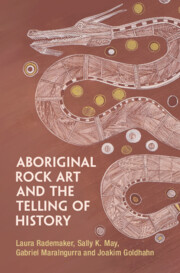We describe the spatial aggregation of the magpie goose (Anseranas semipalmata) in relation to the dynamics of the ephemeral floodplains of northern Australia. Past broad-scale studies have linked geese to floodplains dominated by the sedge, Eleocharis dulcis, but the type of response has not been determined, nor the impact of predation on food plants. Moreover, departure thresholds are not known. We develop hypotheses on aggregation and departure and confront these with field data. Thus, from 2005–2007 we established two sites on the floodplains of Kakadu National Park (three 1-ha plots per site, six plots in total) and used for monthly, dry season bird counts. An airboat was used to collect data from each of the six plots, including sedge tubers and measures of water level and soil viscosity. Further, we built exclosures (three per site, six in total) to test the impact of herbivory on E. dulcis. Generalized linear models and information theory were used to test the strength of supporting evidence for alternate hypotheses. Geese showed a clear aggregative response to E. dulcis tubers, were forced to depart following floodplain drying and had a marked impact on E. dulcis tuber density. Despite this, there was no evidence of a negative-feedback mechanism between plant–herbivore populations, suggesting that the system is driven by extrinsic parameters (here rainfall).


